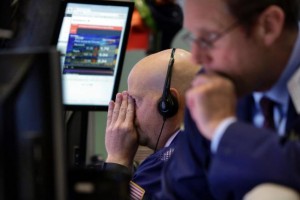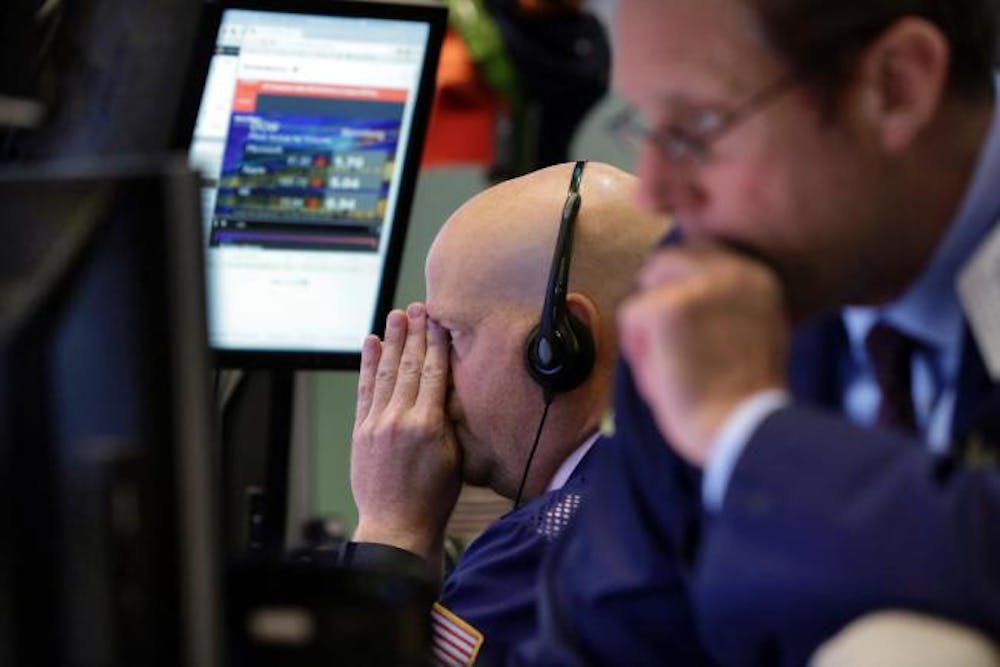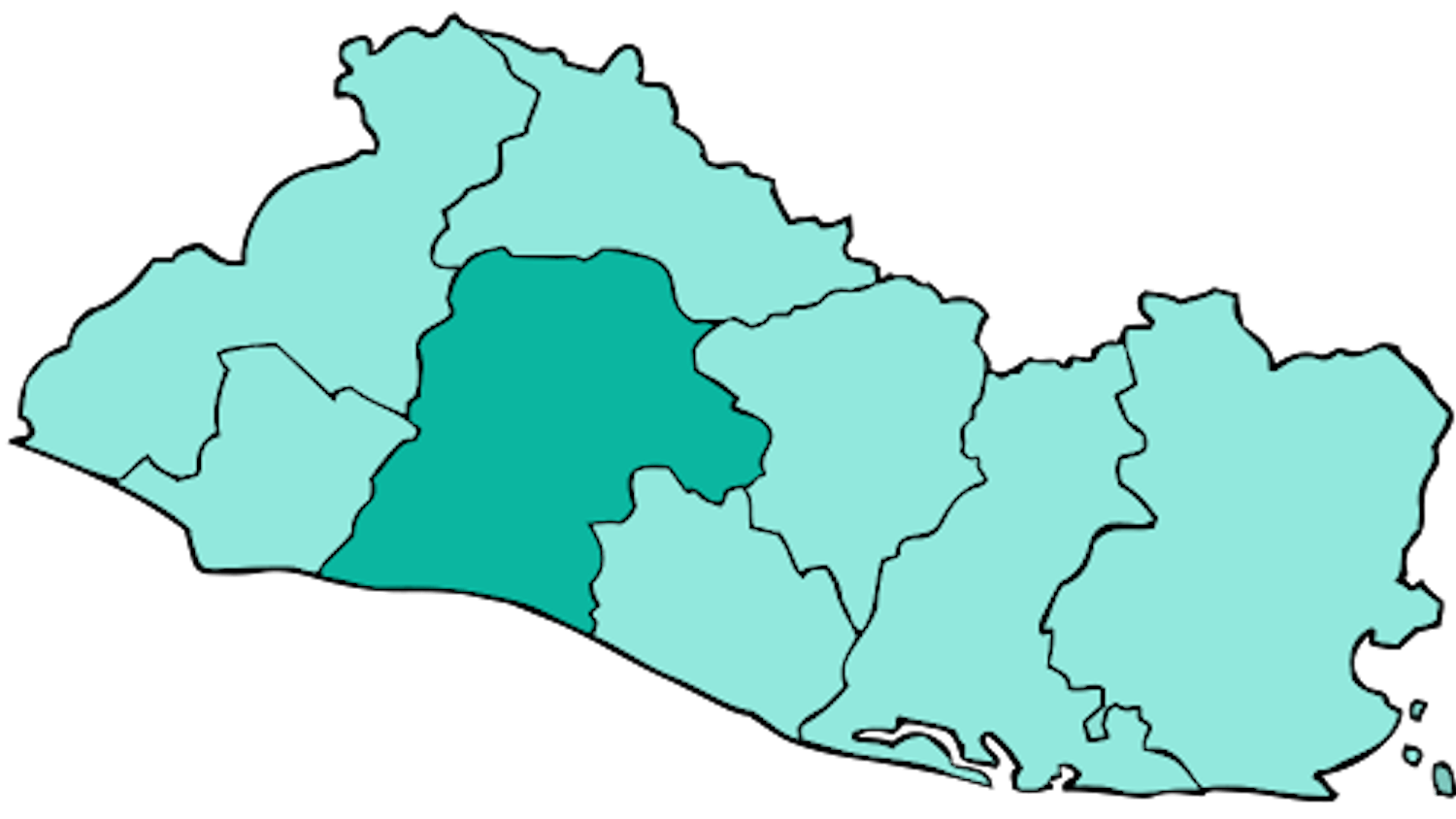By Roman Orsini
Staff Writer
As the stock market opened on Monday, Aug. 24, a global series of sell-offs sent the Dow Jones Industrial Average, a composite index for the 30 largest U.S. corporations, tumbling down over 1,000 points.
The Dow recouped some of its losses, yet closed 588 points in the red — the eighth worst day in its history, Marketwatch reported. Other key indexes like the S&P 500 and NASDAQ, fell by 3.2 and 3.5 percent, respectively, their biggest losses since 2011, according to Marketwatch.
European markets also witnessed their worst day of trading since 2011, reported the The Guardian. Britain’s FTSE 100, which indexes its largest companies, lost almost £74 billion in value, according to The Guardian.
Market calamities in China, and the government’s recent devaluation of the Chinese Yuan, are seen as the main catalyst for losses internationally.
According to The Guardian, since the initial plunge, markets have been particularly volatile, with stocks rallying briefly, only to drop again at the start of September.

Against the backdrop of the global financial crisis in 2008, the Federal Reserve began a program called quantitative easing, whereby the central bank purchases treasuries from the federal government, and mortgage-backed securities from insolvent banks, reported Business Insider.
The aim of these continual, monthly purchases is to keep interest rates artificially low, and shore up the banking system with injections of credit from which it can lend, according to Business Insider.
Interest rates reflect the cost of borrowing for households, firms, as well as the government. By lowering or raising rates, the Federal Reserve can steer the economy towards credit booms or contractions, as it monitors overall employment and price levels.
Since the 2008 crisis, the Federal Reserve has expanded the creation of new credit in the hopes that economic activity will increase with trivial results, reported Business Insider.
According to Business Insider, investor speculation that the Federal Reserve would raise its rates this month, in part, has led to the downturn in stocks.
The International Monetary Fund, (IMF), recently warned the Federal Reserve to postpone its interest rate hike until inflation and wage inflation had risen. The IMF said a rate hike, “could result in significant market volatility and financial stability consequences that go well beyond U.S. borders,” reported The Guardian.
A crisis of confidence in the Fed’s monetary policy, and the massive outgrowth of debt it has helped to create, stand to fundamentally rattle the economy in the near future.







